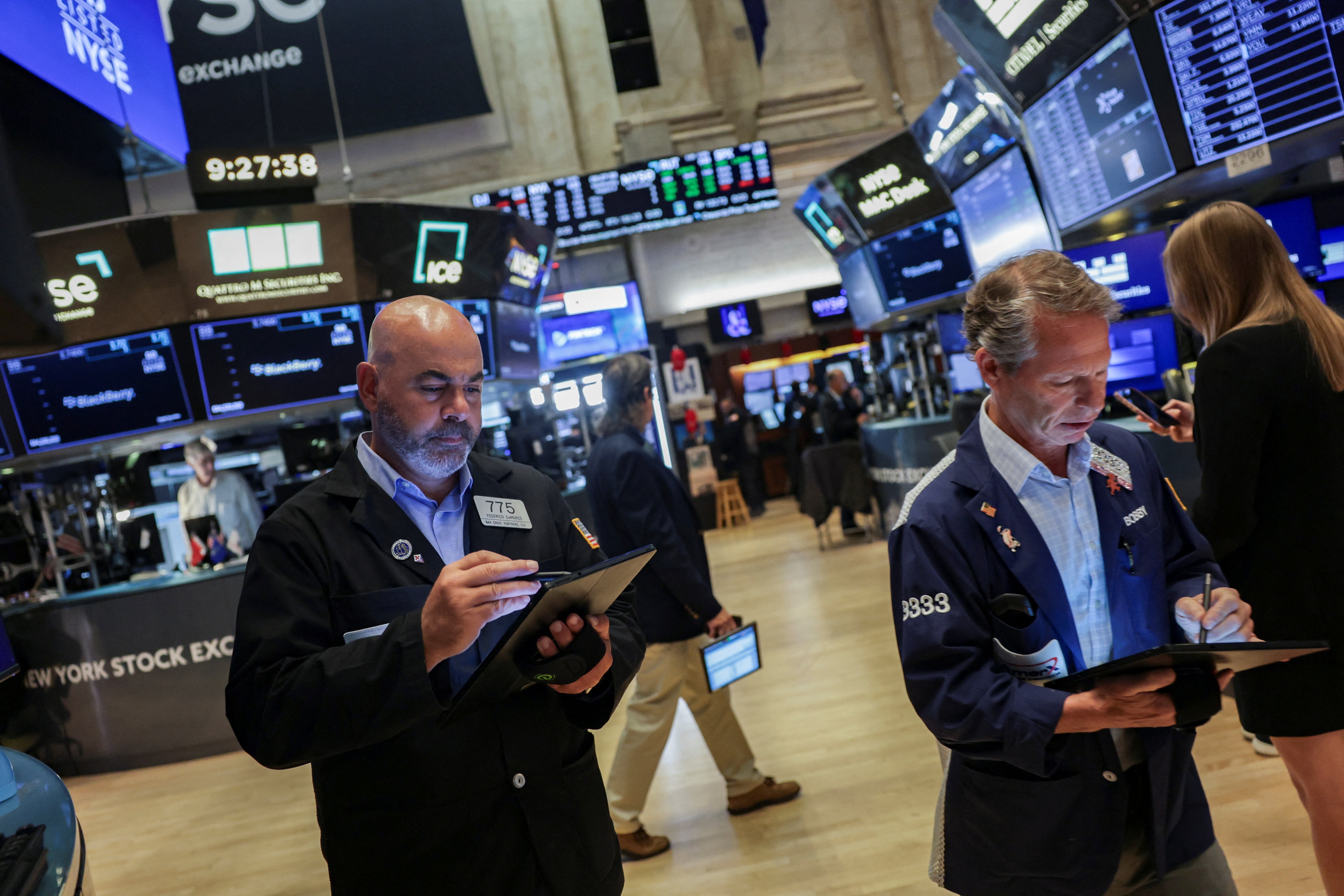What do Fed funds futures reveal about future rate rises?

Stay up to date:
United States
This article first appeared on The Financial Times.
Related posts:
FT Explainer: Interpreting Fed funds futures.
Fed risks using wrong tool to tighten.
How do we repair the financial system?
The US rate rise drumbeat grows ever louder, and almost every economist has by now circled December 16 in their diary with bright red ink. But interest rate futures imply there is still a 25 per cent chance that the Federal Reserve will stay on hold. Why the apparent discrepancy?
Virtually every financial market is affected directly or indirectly by the US central bank’s benchmark interest rate, the Fed funds rate. But the easiest way to see what investors expect policymakers to do is to track the Fed funds futures, contracts that are settled at a price determined by where the Fed’s interest rate is in the month of expiry.
Simply put, the price is 100 minus the effective Fed funds rate at the time. The December contract currently trades at 99.78, so that implies that investors predict an interest rate of 0.22 per cent, but crucially — and complicating the calculations — that is the average over the month. Next year, the Fed funds future for December 2016 is trading at 99.19, which implies an average Fed funds rate of 0.81 per cent in that month.
According to Bloomberg, the Fed funds futures market currently implies that there is a 74 per cent chance of the central bank lifting interest rates next month, while the Chicago Mercantile Exchange reckons that there is a 73.6 per cent chance, based on the same contracts. Here is a chart that shows the rising expectations from Bloomberg data.

However, those numbers are misleadingly clean, given the complex underlying calculations, and both Bloomberg and the CME’s estimates arguably underplay the likelihood markets really assign to the chances of lift-off in December.
Part of the problem is that the Fed moved to an interest rate corridor in the wake of the financial crisis. Rather than targeting a single Fed funds rate by tweaking the amount of money in the system — the traditional way of easing or tightening monetary policy — the US central bank in 2008 moved to a range of 0 per cent to 0.25 per cent.
As the chart below shows, the effective Fed funds rate has traded within this corridor since then, and averaged around 13.2 basis points — roughly midway between the two points — since 2009.

The interest rate rise probability calculation depends on whether the Fed goes back to a specific target, or — as is far more likely — it simply lifts its corridor target by 25bp. If so, where the effective Fed funds rate settles is pivotal for estimating what probability is implied by the relevant contracts.
The Fed will set the new range with the help of two new tools, the overnight reverse repo programme (ON RRP) and the interest on overnight excess reserves (IOER). The former will serve as an interest rate floor, while policymakers hope the latter will act as a magnet, dragging the effective Fed funds rate upwards, off the RRP.
How traders respond to the two rates is crucial for estimating the probability of an increase implied by futures.
For example, if the effective Fed funds rate ends up closer to the lower end of the central bank’s range then the likelihood of a rate rise implied by Fed funds futures contracts is, in fact, much higher. If the effective Fed funds rate goes to 37.5bp, then the probability is about 70 per cent, as Bloomberg’s calculations imply. But if it is dragged higher by the Fed’s IOER tool then the likelihood implied is lower, points out George Pearkes, an analyst at Bespoke Investment Group.
“It’s all about the math,” he says. “The Fed has signalled many times recently that they are ready to raise rates, so it’s hard to argue that markets haven’t been warned.”

Indeed, judging by other markets investors are well-prepared for a December lift-off. The two-year Treasury yield climbed to a five-year high of 0.94 per cent on Monday, the dollar has risen to a seven-month high of $1.06 against the euro, and the eurodollar futures — another widely watched gauge of interest rate expectations — implies a near-certain Fed rate rise next month.
On the whole, the most likely explanation for the Fed funds market’s still-notable implied possibility of the Fed holding fire is that the vast majority of traders are in fact girded for interest rate lift-off in December, but simply expect that the Fed funds future will be on the lower end of the new range.
As Michael Cloherty, head of rates strategy at RBC, says: “We’re at the point where it would be a catastrophe for the Fed not to go in December.”
Publication does not imply endorsement of views by the World Economic Forum.
To keep up with the Agenda subscribe to our weekly newsletter.
Author: The Financial Times covers, comments and analyses the latest UK and international business, finance, economic and political news.
Image: The United States Federal Reserve Board building is shown behind security barriers in Washington. REUTERS/Gary Cameron.
Don't miss any update on this topic
Create a free account and access your personalized content collection with our latest publications and analyses.
License and Republishing
World Economic Forum articles may be republished in accordance with the Creative Commons Attribution-NonCommercial-NoDerivatives 4.0 International Public License, and in accordance with our Terms of Use.
The views expressed in this article are those of the author alone and not the World Economic Forum.
Related topics:
Forum Stories newsletter
Bringing you weekly curated insights and analysis on the global issues that matter.
More on Financial and Monetary SystemsSee all
Ekhosuehi Iyahen, Daniel Murphy and Andre Belelieu
August 27, 2025
Tariq Bin Hendi
August 26, 2025
David Ebube Nwachukwu and Adam Skali
August 25, 2025
Lim Chow-Kiat
August 21, 2025
Dalal Buhejji
August 14, 2025
Hallie Spear
August 13, 2025





